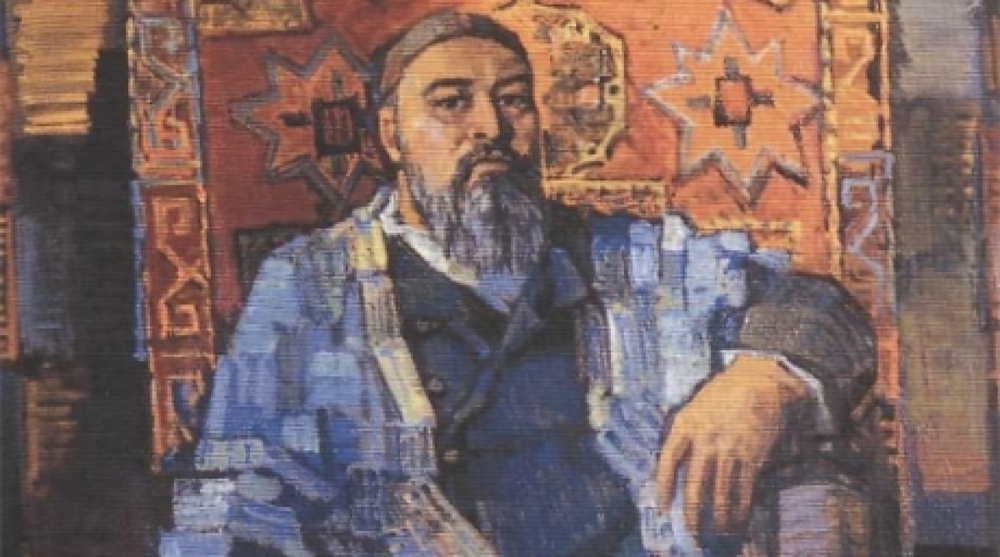Because of the
Kazakh’s tradition of primarily being a nomadic, horseback riding people,
traditional arts were mainly relegated to having a practical use. Not that it
didn’t look artistic at the same time, it just had to be useful. Textiles such
as clothing, hats, and carpets/rugs were designed using a variety of embroidery
and beading techniques to decorate it.
Felt, wool, and leather were often used in making these items. Wealthier
people were able to afford clothing with gold and silver threads in it. Silver
jewelry items were also commonly made.
The traditional
Kazakh home is called a yurt. These rudimentary homes are basically like a
round tent with walls made of latticed wood or bamboo and a pitched cone-like
roof. Many of these homes are designed to be packed up and carried with them to
another location, much like how the teepees of the North American Indians were
designed. A few designs, however, are built on wooden platforms for a more
permanent design.
During the Russian
occupation, every building that was built was done purely out of functionality.
There was no life in these lackluster buildings. When the country gained its
independence and the Russians left, mosques and other buildings began popping
up across the country again. Some of these mosques are built rather elaborately
with much skill and care. The city of Astana hired Japanese architecture firms
to create the city as well as some of its most iconic buildings. This modernity
adds to its futuristic skyline. Today, there is a national push toward
preserving their traditional arts after decades of arts suppression. Arts
festivals and galleries showcasing the best of Kazakh artists dot the major
cities and an appreciation toward the traditional arts is felt across the
nation.
The earliest form
of literature was in the form of oral poetry; however, there have been mentions
of these poetic traditions found inscribed on rocks. Typically during this
time, the vast majority of the languages spoken were various Turkic languages
and dialects. Like other cultures during these days, a major portion of these
poems was about kings, warriors, and heroic legends. Book of the Dede Korkut and Oguz
Name are two of the most well-known examples of literature from this
period.
During the period
of Russian occupancy, Russian language literature was produced in Kazakhstan.
One of the most prolific authors of this period was Abay Qunanbayuli. He’s
often thought of as the father of modern Kazakh literature. He spent much of
his time promoting Kazakh culture and Kazakh folk stories. Not only did he
spend his time trying to preserve his own culture, but he also wrote about his
feelings and views on Russian colonialism, especially noted in his book The Book of Words.
 |
| Abay Qunanbayuli |
Today, the country
has a strong feeling toward its own literature, and the government actively
promotes and awards up-and-coming authors with a variety of awards and prizes.
Pretty much every genre of literature is covered by Kazakh writers, from
women’s equality issues to science fiction to poetry. They are also pushing to
have many of their works translated into other languages as well. Although some
writers write in Kazakh, many writers publish their works in Russian in order
to have a better chance on the international market. And certainly, many Kazakh
writers have been the recipients of several Russian literary awards.
Up next: music and
dance





No comments:
Post a Comment